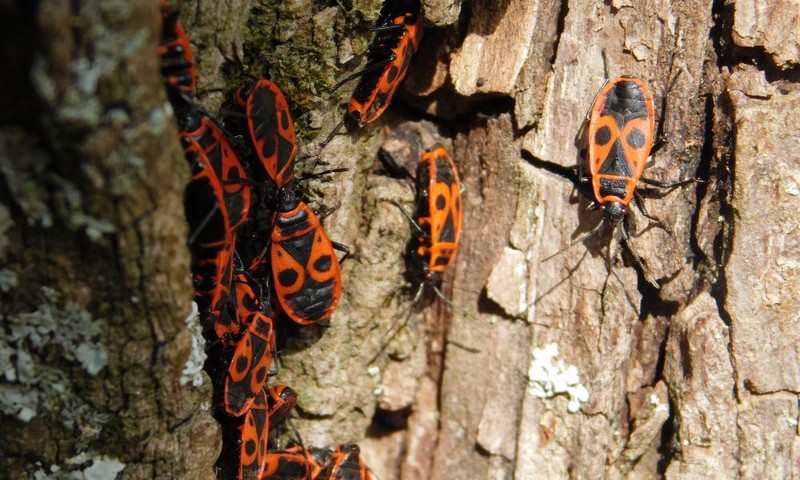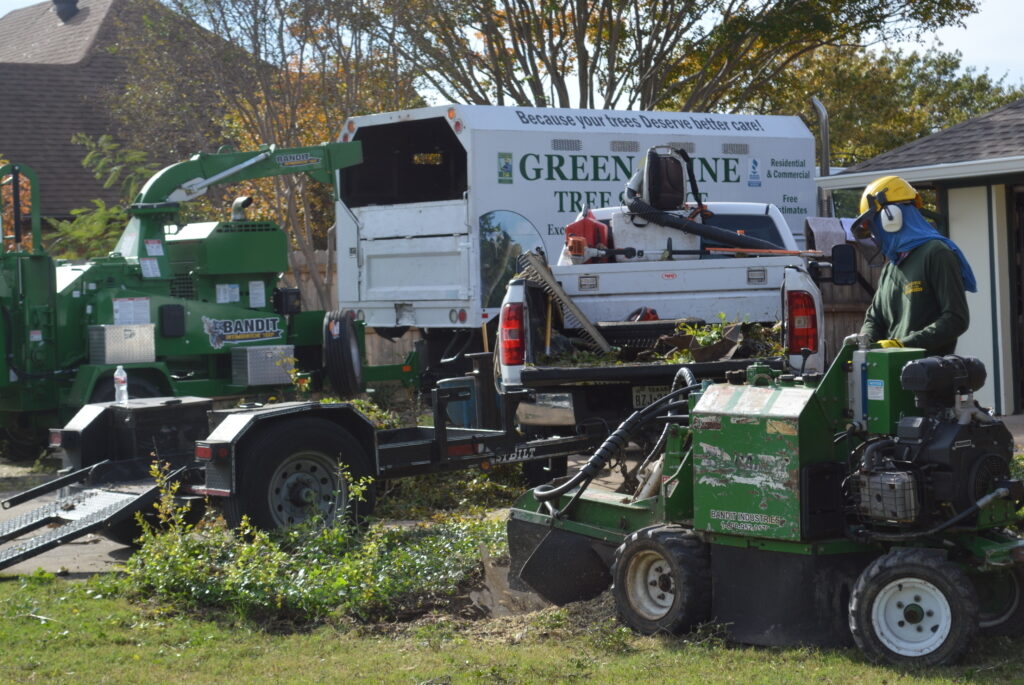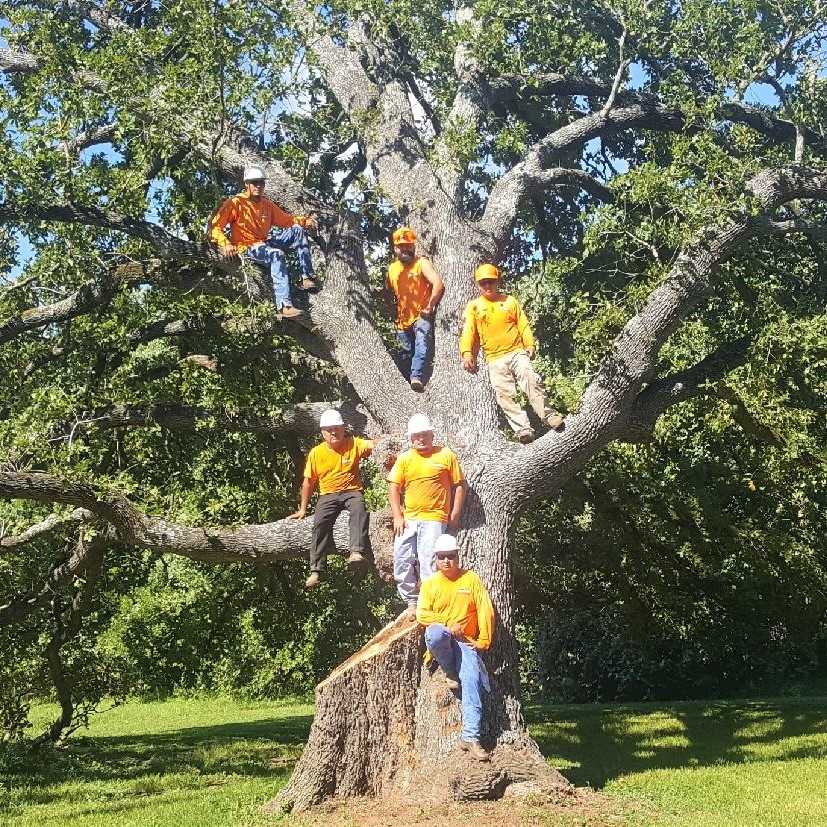Tree Insect Infestation
Introduction
When you think of trees, you probably imagine strong, towering giants that provide shade and beauty. But just like any living thing, trees can fall victim to pests—specifically, insects that can wreak havoc on their health. Tree insect infestations can be a significant problem, leading to severe damage or even the death of the tree if not addressed in time. In this article, we’ll dive deep into understanding what tree insect infestations are, the types of insects that commonly attack trees, the signs to look out for, and how to prevent and manage these infestations effectively.
Common Types of Tree Insects
When it comes to tree insects, not all are created equal. Some are more destructive than others, and it’s essential to know the culprits to watch out for.

Bark Beetles
Bark beetles are tiny but mighty pests. They burrow into the bark of trees, creating tunnels and laying eggs. The larvae then feed on the tree’s inner bark, disrupting the flow of nutrients. This can lead to the tree’s eventual death if the infestation is severe.
Aphids
Aphids are small, soft-bodied insects that suck the sap out of leaves, causing them to curl and discolor. They are often found in clusters and can spread quickly if not controlled. Aphids also produce a sticky substance called honeydew, which can lead to the growth of sooty mold on the tree.
Caterpillars
Caterpillars are the larvae of moths and butterflies, and while they may look harmless, they can cause significant damage to trees. They feed on leaves, sometimes defoliating entire sections of a tree, which can weaken the tree and make it more susceptible to other pests and diseases.
Emerald Ash Borers
Emerald Ash Borers are particularly notorious for their destructive capabilities. These metallic green beetles target ash trees, boring into the wood and feeding on the inner bark. This disrupts the tree’s ability to transport water and nutrients, often leading to the tree’s death within a few years of infestation.
Scale Insects
Scale insects are small, sap-sucking pests that attach themselves to the branches and leaves of trees. They can weaken the tree over time, and like aphids, they produce honeydew, which can lead to additional fungal problems.
Signs of Tree Insect Infestation
Knowing the signs of an infestation is crucial in catching it early and mitigating damage.
Visible Damage
One of the first indicators of an insect infestation is visible damage to the tree.
Leaf Discoloration and Holes: Insects like aphids and caterpillars can cause leaves to turn yellow, brown, or have holes. This damage can be widespread or localized, depending on the severity of the infestation.
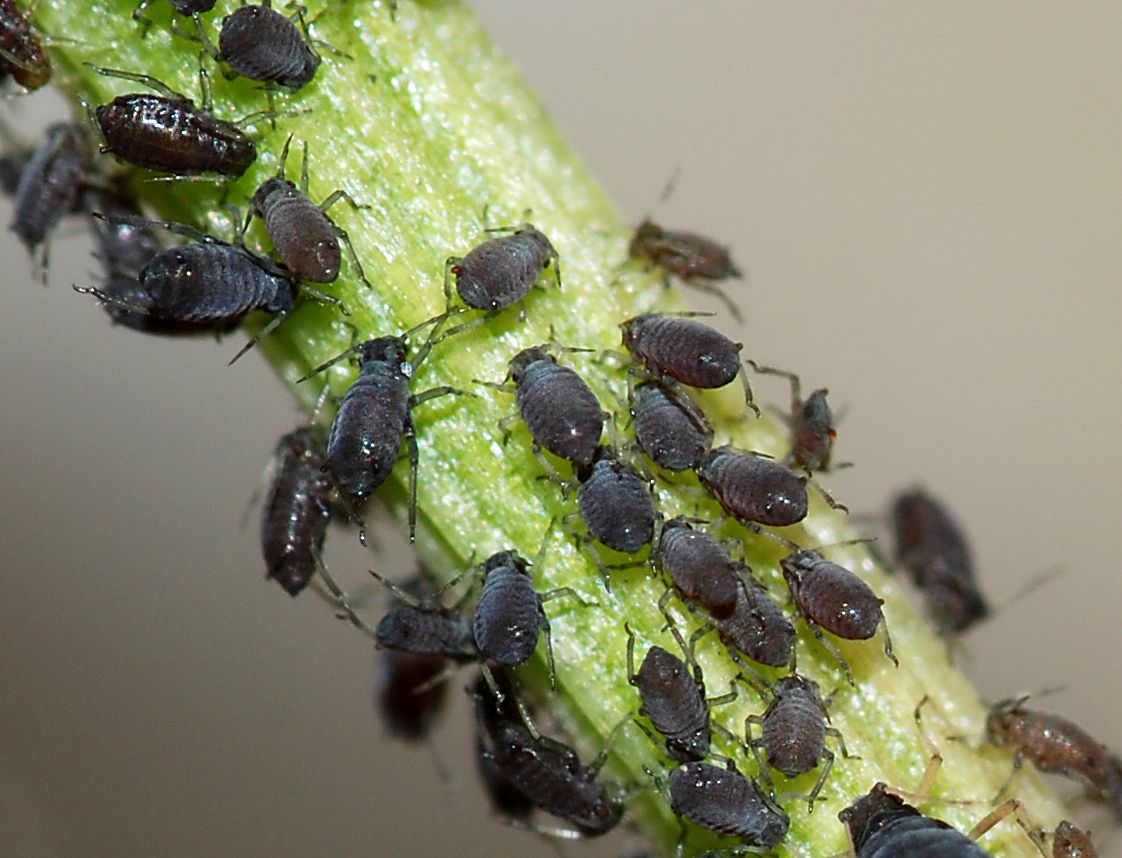
Unusual Tree Behavior
Trees often show signs of stress when they’re under attack.
Stunted Growth: If your tree isn’t growing as it should, or if new growth appears weak and stunted, it could be due to insect activity affecting the tree’s nutrient intake.
Unseasonal Leaf Drop: Trees naturally shed leaves in autumn, but if your tree is losing leaves out of season, it might be reacting to an infestation.
Presence of Insects
Sometimes, the insects themselves are visible.
Sightings of Insects on Trees: Keep an eye out for clusters of aphids, caterpillars crawling on leaves, or beetles on the bark. These are often telltale signs of an ongoing infestation.
Egg Clusters and Larvae: Check the undersides of leaves and the bark for egg clusters or larvae. Early detection can help you control the infestation before it gets out of hand.
Causes of Tree Insect Infestations
Understanding the causes of infestations can help in prevention.
Environmental Stress
Trees under stress are more vulnerable to insect attacks.
Drought: Lack of water weakens trees, making them more susceptible to pests that take advantage of their weakened state.
Poor Soil Conditions: Soil that is low in nutrients or compacted can stress trees, again making them more vulnerable to infestations.
Invasive Species
Insects that are not native to an area can cause significant problems.
Introduction through Trade and Travel: Invasive species often hitch rides on goods, plants, or even vehicles, leading to new infestations in areas where they have no natural predators.
Lack of Tree Diversity
Monocultures, or areas planted with a single type of tree, are particularly at risk.
Monocultures and Susceptibility: When a large number of the same tree species are planted together, it creates a buffet for pests that target that specific tree, leading to widespread infestations.
Impact of Insect Infestations on Trees
The effects of insect infestations go beyond just aesthetic damage.
Health Decline
Insects can sap the vitality of trees over time.
Nutrient Loss and Weakened Structure: Pests like aphids and scale insects drain the tree’s nutrients, weakening its structure and making it more prone to other issues.
Increased Vulnerability
A weakened tree is an open invitation for more problems.
Susceptibility to Disease: Insects can carry diseases or create wounds that allow pathogens to enter the tree, leading to further decline.
Increased Likelihood of Secondary Infestations: A tree that’s already infested is more likely to attract other pests, leading to a vicious cycle of decline.
Property Value: A healthy tree adds value to a property, while a damaged or dead tree can decrease it, not to mention the cost of removal.
Ecological Impact: Trees play a crucial role in the environment, and their loss can affect everything from local wildlife to the overall ecosystem balance.
Prevention and Control of Tree Insect Infestations
Prevention is always better than cure when it comes to tree health.
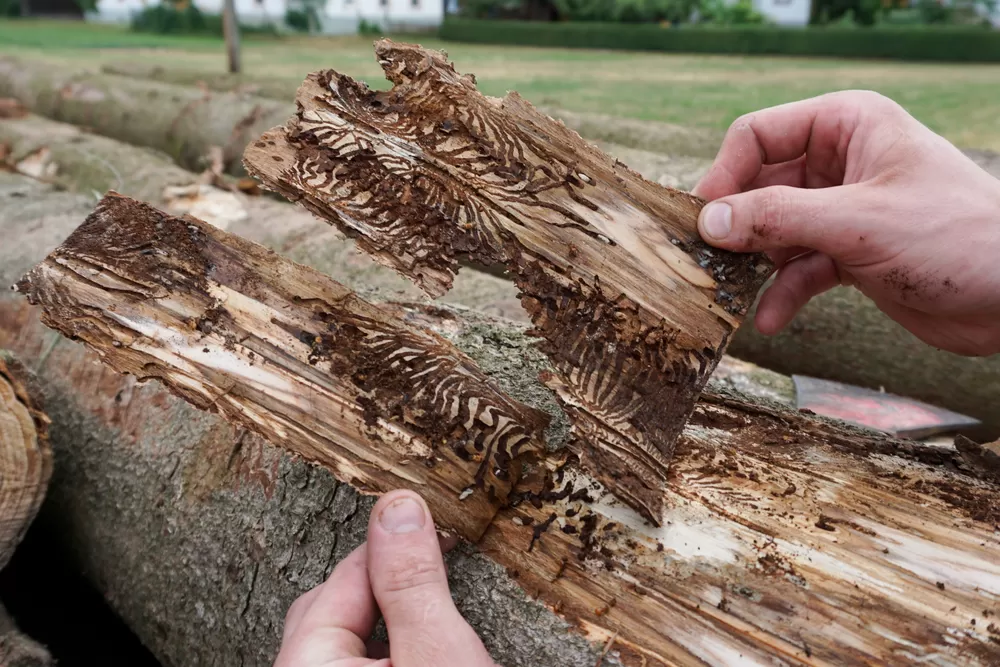
Proper Tree Care
Trees that are in good health are more capable of resisting pests.
Watering and Mulching: Ensure your trees are getting enough water, especially during dry periods. Mulching can help retain moisture and improve soil health.
Pruning and Removing Dead Branches: Regular pruning not only helps the tree grow properly but also removes dead or damaged branches where pests might set up home.
